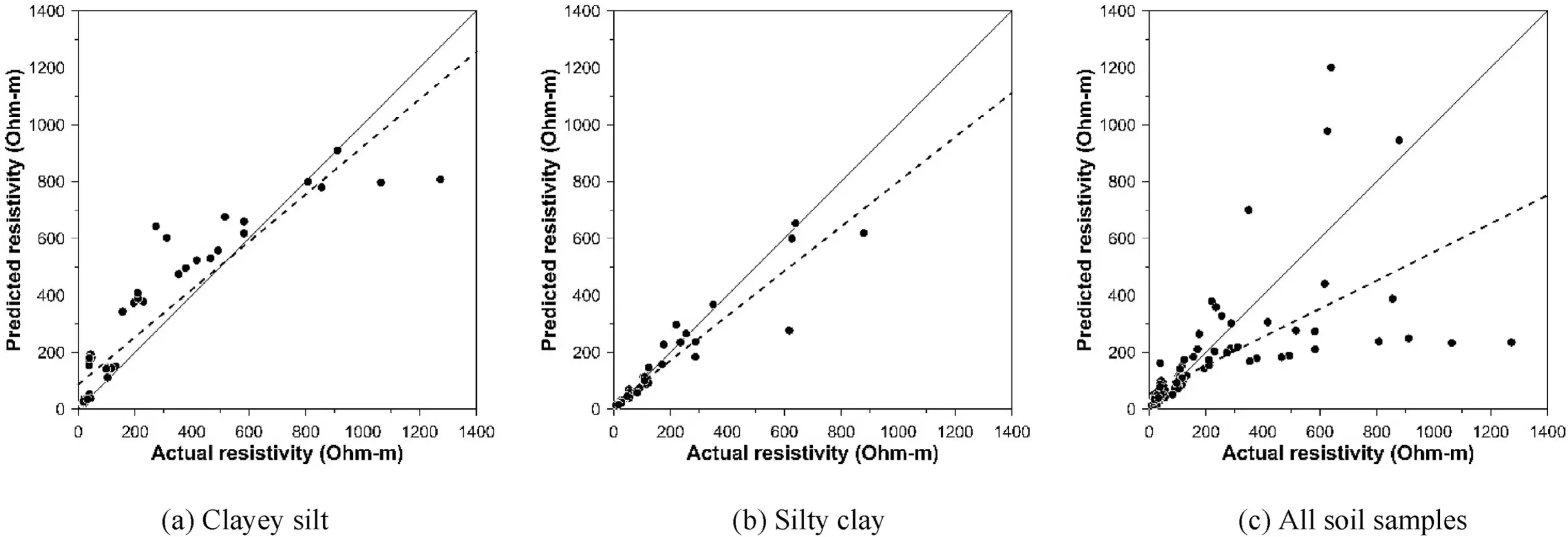In the realm of critical electrical subsystem infrastructure, such as substations, proper power grounding systems play a crucial role in maintaining safety and reliability. These systems provide a low-resistance path for electrical fault currents to flow into the earth, thus preventing electrical shocks, fires, and damage to vital equipment. In order to design the most cost-effective and efficient grounding systems for electrical substations, it is essential to carefully select sites with the lowest soil electrical resistivity. This not only ensures optimal performance but also enhances safety measures.
Soil resistivity investigation is a fundamental step in designing power grounding systems. The accuracy of determining soil resistivity is paramount, as inaccurate values can lead to faulty grounding systems. The Electricity Generating Authority of Thailand has established criteria for soil resistivity, with a threshold of less than 80 Ohm-meters for substations. However, meeting this requirement can be challenging, underscoring the necessity for robust soil resistivity assessment methods.
Various studies have explored the relationship between soil resistivity and geotechnical properties, highlighting the impact of factors such as water content, unit weight of soil, salt content, clay content, and particle sizes. Despite these insights, there is a call for a comprehensive predictive model that integrates the correlations between soil electrical resistivity and multiple geotechnical parameters. Professor Shinya Inazumi and his research team from the College of Engineering at Shibaura Institute of Technology addressed this challenge by conducting an in-depth investigation into the behavior and relationships between soil resistivity and geotechnical parameters in a controlled environment.
In their study published in the journal Results in Engineering, Prof. Inazumi and his team focused on developing predictive models based on the relationship between soil electrical resistivity and key geotechnical properties. By establishing robust correlation models, the researchers aimed to accurately predict soil resistivity under real-world conditions, particularly in regions with diverse soil types like Thailand. The study involved measuring 30 soil samples from various locations within a power grid substation in Thailand, analyzing three index geotechnical properties – water content, plasticity index, and dry density – to correlate with soil electrical resistivity.
The results of the study revealed a clear relationship between soil resistivity and water content, with resistivity increasing as water content decreased. However, the correlation between resistivity and plasticity index or dry density was less significant, primarily due to the dominant influence of water content. To address this, the researchers utilized nonlinear multiple regression analysis to study the combined effects of water content and other soil parameters, resulting in strong correlations that provided a reliable predictive model for soil resistivity.
While the developed model shows promise in predicting soil resistivity for cohesive soils with fine particles, the research team acknowledged its limitations due to the narrow range of soil samples used. Future research could address this limitation by incorporating a broader set of soil samples for a more comprehensive analysis. The study’s findings have significant implications for optimizing substation grounding designs, reducing the need for extensive soil testing and modifications while ensuring regulatory compliance. Additionally, the predictive models developed could be adapted for environmental monitoring, showcasing the broader applications of the research.
The study by Prof. Inazumi and his team has made significant strides in soil resistivity assessment, contributing to the cost-effective construction of ground systems for electrical substations. By improving the understanding of soil resistivity and its correlation with geotechnical properties, the research paves the way for safer and more reliable power supply, which is indispensable for stable economic growth. Through continued research and development, the field of power grounding systems can further advance, leading to enhanced safety measures and efficient infrastructure in the electrical industry.



Leave a Reply